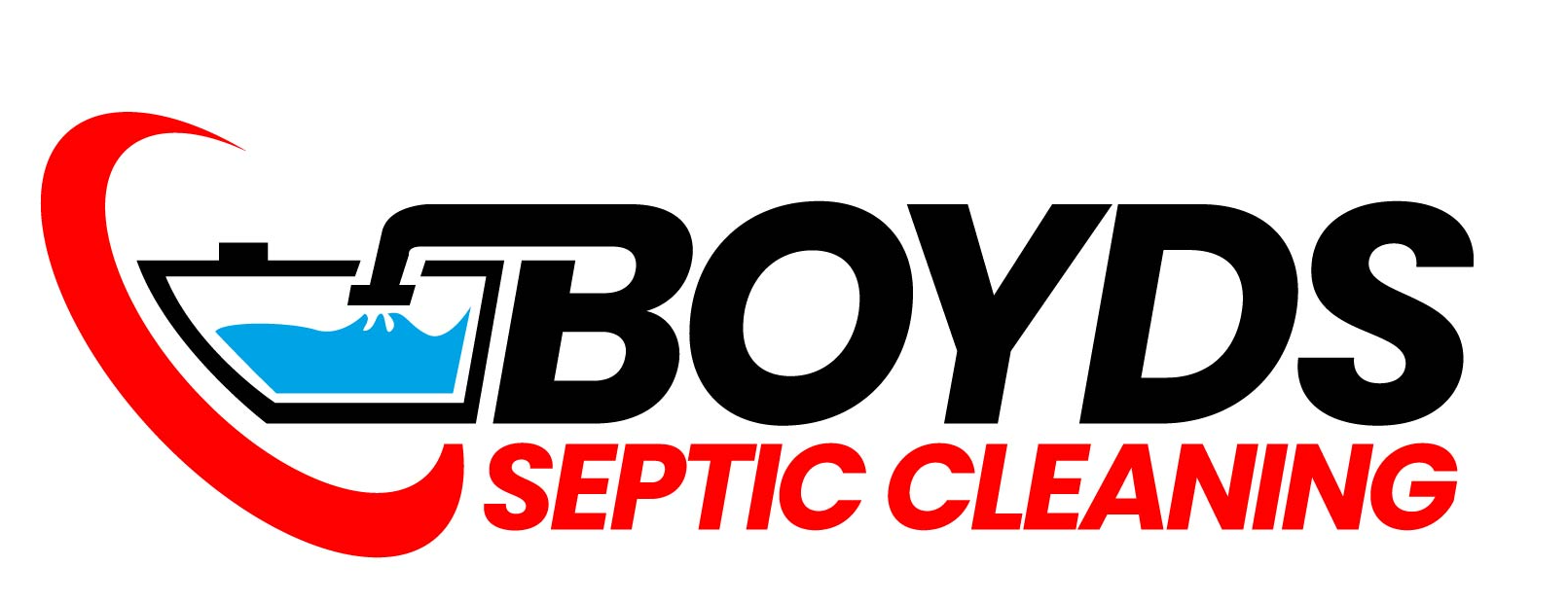Comprehensive Residential Septic Services
All of your residential septic needs can be met by Boyd Septic Cleaning, LLC. Your household septic system has to be inspected and serviced on a regular basis to ensure its longevity and performance. It can not only result in a huge stinky problem, but it can also cost a lot of money to repair or replace if you ignore it.
We're licensed and experienced, with a combined experience of more than 20 years. Allow us to locate your tank if you need assistance and take care of any necessary cleaning and pumping before you run into problems. If you require a new septic system, we have a partner with whom we collaborate; please contact us for further information.
Are you ready to begin? Call Boyd Septic Cleaning, LLC or send an email today! We provide free estimates and are excited to meet you and see how we can assist you! We also offer an emergency service!
Aerobic Septic Systems
Aerobic septic systems are more difficult and expensive to install. They are divided into three sections: a waste tank, a treatment plant, and a pump tank. All three compartments can be combined into a single unit or placed separately. Like traditional septic systems, liquid and solid waste enters the garbage tank and settles into layers. When wastewater is transported to a treatment plant, an aerator, similar to a fish tank pump, pumps oxygen bubbles throughout the effluent.
The additional oxygen is required to provide a stable habitat for aerobic microorganisms, which break down waste more quickly and effectively than anaerobic microbes in the traditional method. After that, the wastewater is pumped into the pump tank for a final disinfection treatment with chlorine or another disinfectant to remove any leftover microorganisms. Before the final phase of treatment, absorption into soil, it is regarded environmentally safe to use on surface vegetation.
Conventional Septic Systems
Traditional septic systems are less complicated than aerobic septic systems. Sludge is formed when solid waste enters a septic tank and settles at the bottom. Liquid waste flows into the same septic tank and floats to the top, forming a scum layer. Anaerobic bacteria in the tank aid in the breakdown of liquid and solid waste, resulting in wastewater that may or may not be treated further before being discharged to the drain field. To make this system work, the soil must be porous, the water tables surrounding the drain field must not be saturated, and there must be no restrictive horizons (bedrock) present to prevent wastewater absorption.













